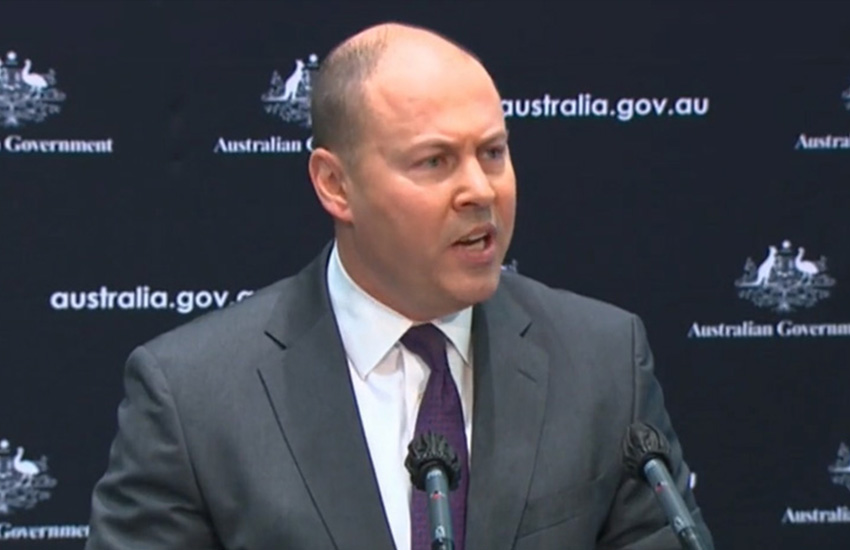The proposed system will see an adoption of a debtor in possession model, a key aspect of the US Chapter 11 Bankruptcy Code.
Under the change, a business with liabilities of less than $1 million will be allowed to continue trading while they develop a debt restructuring plan within 20 business days.
You’re out of free articles for this month
The plan will involve a small business restructuring practitioner, who will certify the plan to creditors and oversee disbursements once the plan is in place.
Creditors will then have 15 days to vote on the plan, including the remuneration of the restructuring practitioner.
If less than 50 per cent vote for the plan, the business will go into voluntary administration or a liquidation process that has been modified to make it simpler.
The federal government will look to legislate the new insolvency regime by 1 January 2021, in time for the expected wave of insolvencies after the government’s temporary insolvency and bankruptcy protections expire at the end of the year.
According to the government, there has been a 46 per cent decrease in the number of companies that have gone into external administration over the period from March to July 2020 compared with the same period last year.
It believes the new regime will cover around 76 per cent of businesses subject to insolvencies today, 98 per cent of whom have fewer than 20 employees.
Conscious of concerns that there will not be enough insolvency practitioners to handle the expected increase in the number of businesses seeking to restructure or liquidate, the government will look to temporarily waive registration fees for registered liquidators until 30 June 2022.
It will also seek to make changes to allow for more flexibility in the registration of insolvency practitioners by removing requirements which are overly rigid, and also establish a new classification of insolvency practitioner whose practice will be limited to the new simplified restructuring process.
“As the economy continues to recover, it will be critical that distressed businesses have the necessary flexibility to either restructure or to wind down their operations in an orderly manner,” said Treasurer Josh Frydenberg.
“Together, these measures will reposition our insolvency system to reduce costs for small businesses, reduce the time they spend during the insolvency process, ensure greater economic dynamism, and ultimately help more small businesses get to the other side of the crisis.”
Jotham Lian
AUTHOR
Jotham Lian is the editor of Accountants Daily, the leading source of breaking news, analysis and insight for Australian accounting professionals.
Before joining the team in 2017, Jotham wrote for a range of national mastheads including the Sydney Morning Herald, and Channel NewsAsia.
You can email Jotham at: This email address is being protected from spambots. You need JavaScript enabled to view it.

 Login
Login







